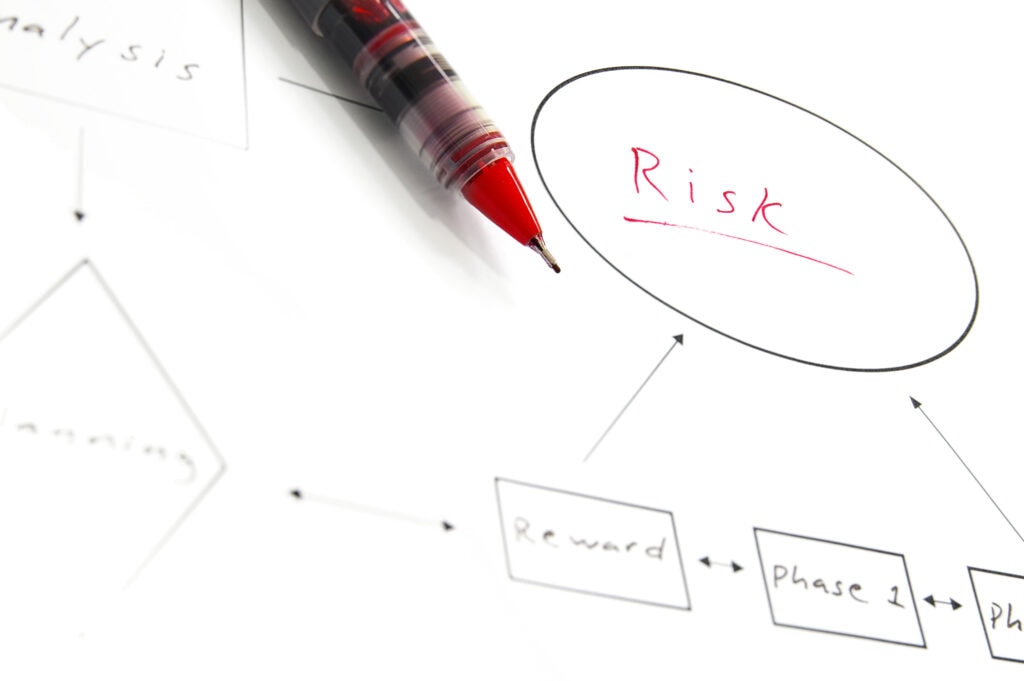Are You Prepared for New Regulations?

Those of us who hoped we’d quickly get back on track after the notoriously shaky supply chains of 2020 and 2021 have been left wanting. A confluence of factors has come together to create further disruption across global supply chains, with some poised to only get worse.
What’s causing this instability and the risk that comes with it? Many things, such as rising raw materials prices, interest rates, and taxes, as well as regular energy crises—both acute energy shortages and widespread ones like the crisis that began due to Russia’s invasion of Ukraine and the global community’s attempts to reduce dependence on Russia’s energy.
The ongoing conflict between Russia and Ukraine is emblematic of an increasingly volatile geopolitical moment—the kind of global environment that suggests risks around every corner and few things that can be considered truly stable.
This is the world that logistics managers must navigate. Businesses are increasingly global—their suppliers especially so. This leaves them even more susceptible to the risks of data security, privacy, and fraud.
This is in part because a more sprawling global network of suppliers requires more efficient and detailed management processes at that scale, but also because regulations vary from country to country and region to region, and staying in line with them all is an incredibly complex task.
Those regulations are not done being implemented, either. Just look at the Uyghur Forced Labor Prevention Act, the German Supply Chain Due Diligence Act, and the EU’s Corporate Sustainability Reporting Directive. Each of these, and many more, are currently or will soon require companies to take steps to limit ESG—environmental, social, and governance—risks and document these efforts.
These aim to reduce carbon emissions, increase sustainability, and eliminate modern slavery around the world by prohibiting trade with those who are engaged in or selling products made from forced labor.
Compliance Issues on the Rise
The likelihood of compliance issues for unprepared companies is rapidly increasing, whether or not they are global in nature. There can be incredibly damaging consequences for businesses that don’t know how to navigate the rapidly shifting regulatory landscape; one act of noncompliance averages about $14 million between fines, penalties, and other costs.
Companies that are taking steps to build out their supply chain management tools, particularly with regard to vendor-facing technologies, will have an advantage when it comes to adapting to new global regulations.
This is because compliance risk is just the latest in a long string of risks that are best mitigated by visibility into suppliers, easier integration between tools and communication among parties, and the ability for data to be easily and securely accessed across a network of systems.
Supply chain managers are turning to automation that allows for full data capture during onboarding and visibility into vendors at a glance. This can allow for quick checks on which suppliers are subject to a given regulation, show if they’ve provided the required data the company needs to report, and prompt them with a timely reminder to provide this information when they fall behind.
If vendors don’t do their part, it will be easy for supply chain managers to see what they need to become compliant or drop them in time to avoid penalties.
Properly monitoring for regulatory changes in any region a company does business in is more important than ever. Building the capability to swiftly adapt to changes in that environment is a competitive edge that only companies committed to compliance will enjoy.

